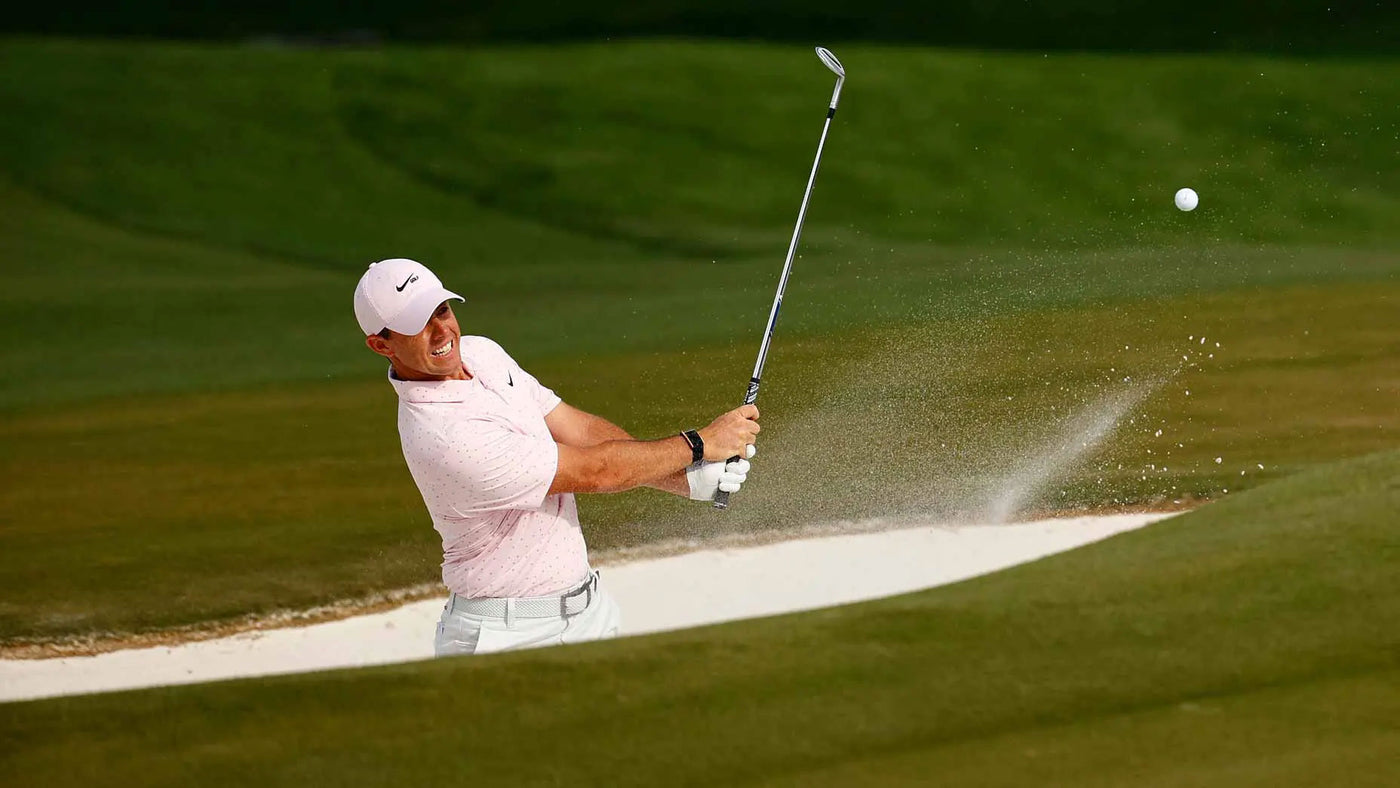
Choose Your Wedges
The average 12 handicap player hits about 6 greens in regulation in an 18 hole round. That is a lot of attempts to get up and down around the green, or from 100 yards and in. A pro or scratch player may hit 12-16 greens in a round, but when they do miss one, it is crucial they save par to save their score or keep the momentum going. Whatever the circumstances, the goal always stays the same: get the ball in the hole! Choosing wedges is just as important as selecting the correct driver loft or playing the right golf ball.

Set Makeup
Let’s take this same player with the 46 degree pitching wedge and revamp the entire bottom of their set. The perfect wedge makeup would be 46 pitching wedge, 50 gap wedge, 54 sand wedge, and 58 lob wedge. Four degrees between each wedge should equate to 15 yards or so. Counting your pw I recommend that you play at least 3 wedges in your bag, and in some scenarios even 4. You may need to pull a club from the top of your set to fit that extra wedge in there and not exceed the 14-club limit. Tossing aside a hybrid or hard to hit 4 iron in lieu of an extra wedge is usually a good idea, but it is definitely a decision that you will need to assess.

Conclusion
One thing to keep in mind is that bounce is your friend when it comes to getting out of bunkers. Especially if the sand is soft and powder-like. When you open the face in a green-side trap, the bounce of the sole is actually whet is splashing through the sand at impact.
I hope this answers most of your questions and clears up any confusion or misconceptions you may have had. If shopping in the store, please ask the pro or fitter for their knowledge and expertise when picking out wedges. If shopping at golfhq.com, I welcome you to please use our contact us tab to ask any questions before making your purchase, or emailing me at scala@golfhq.com. Knowledge is the key to bettering your scores and giving yourself the best chance to play to your potential.
